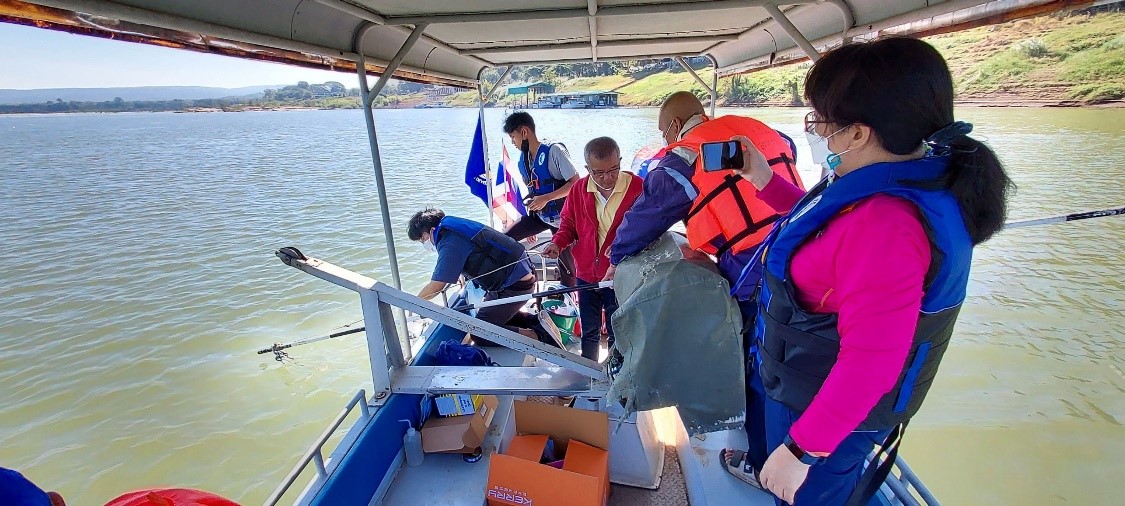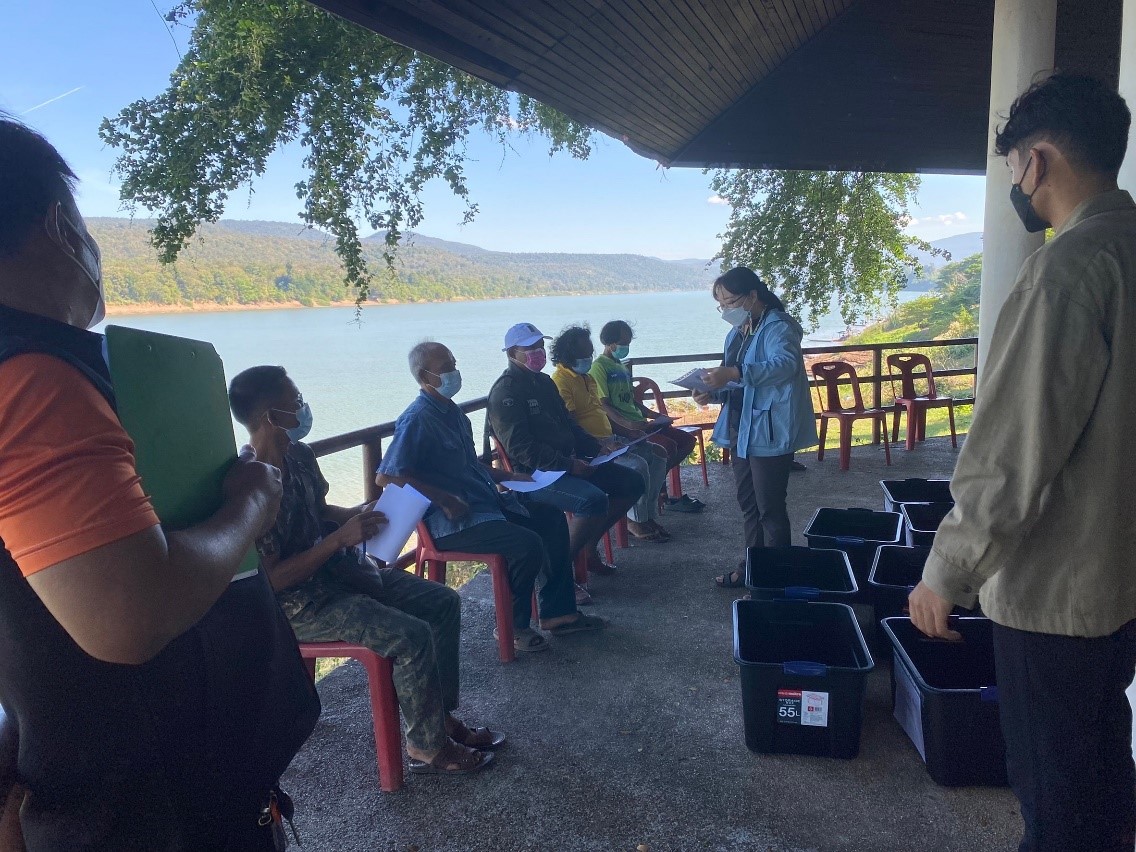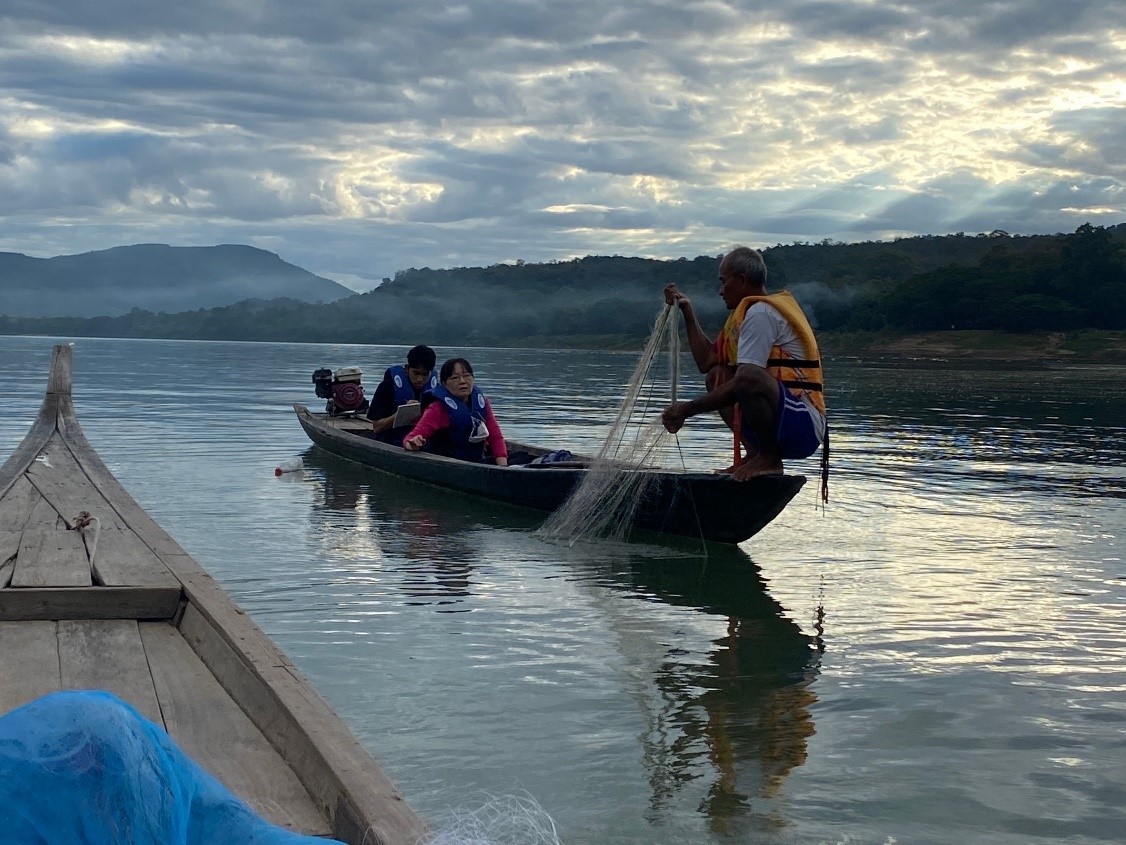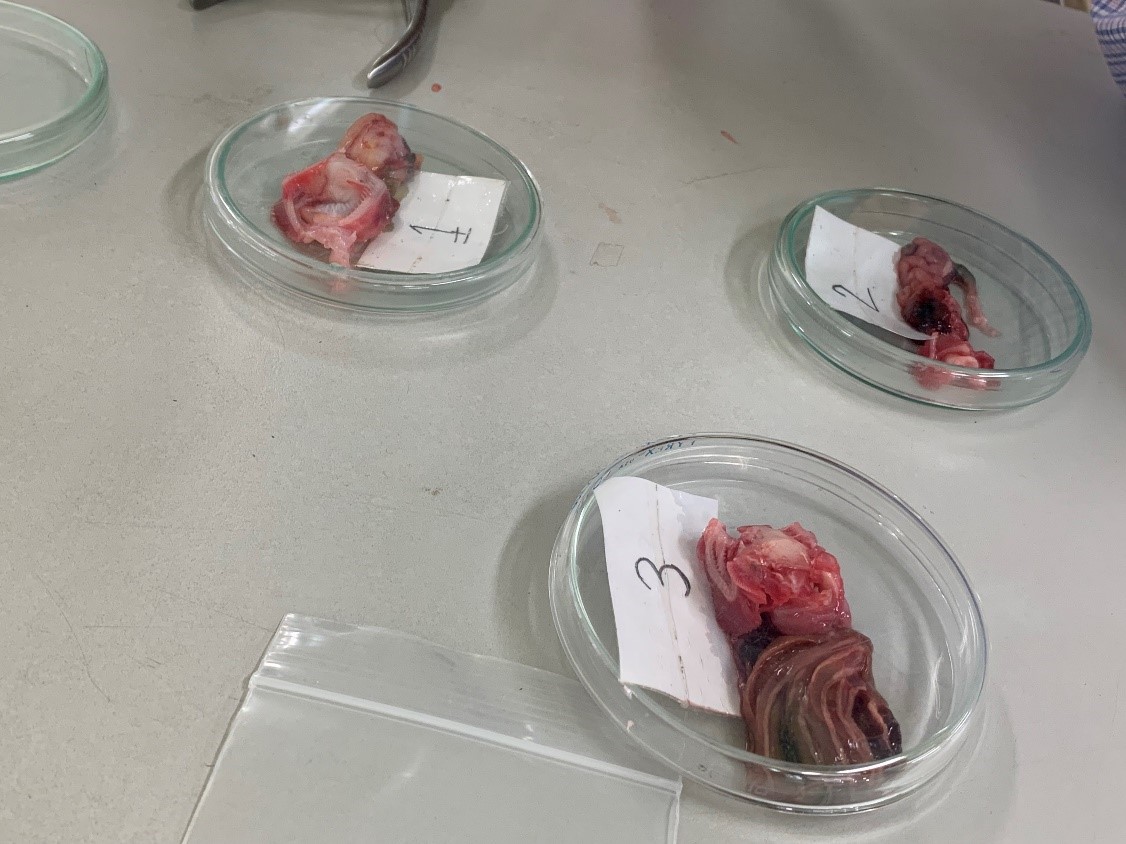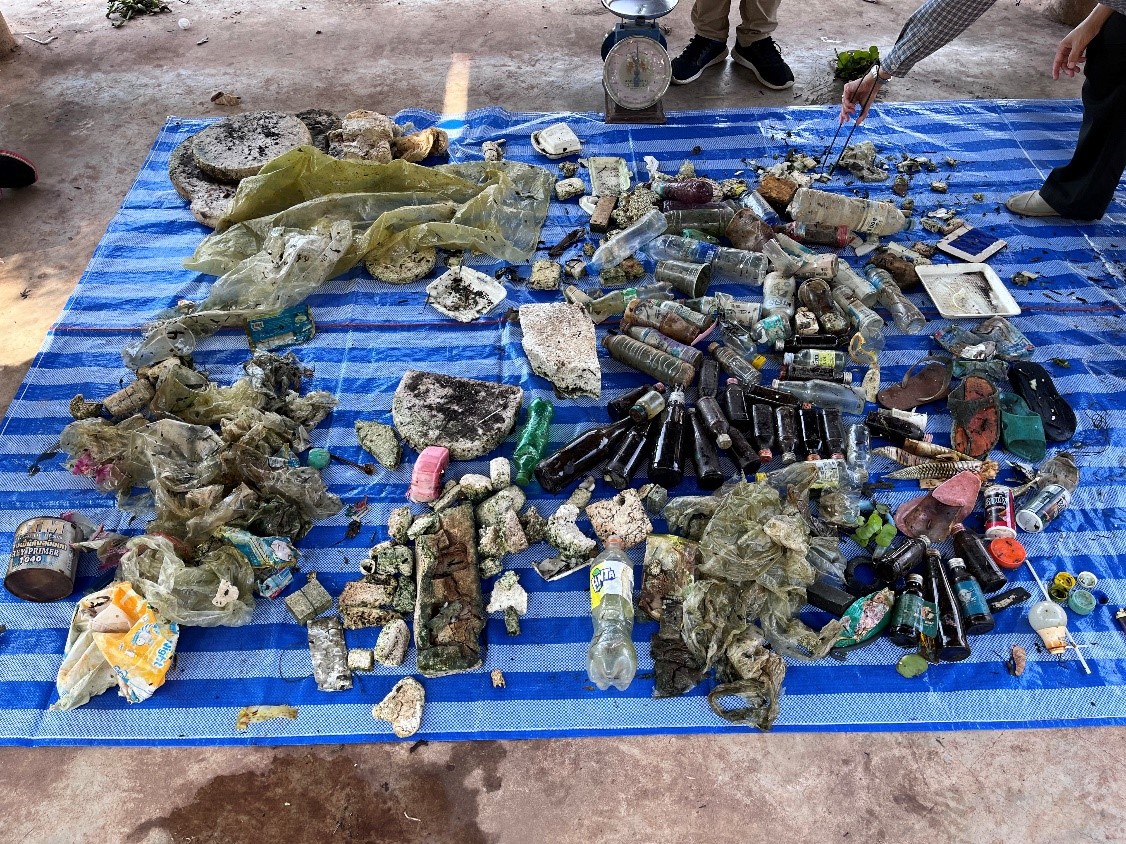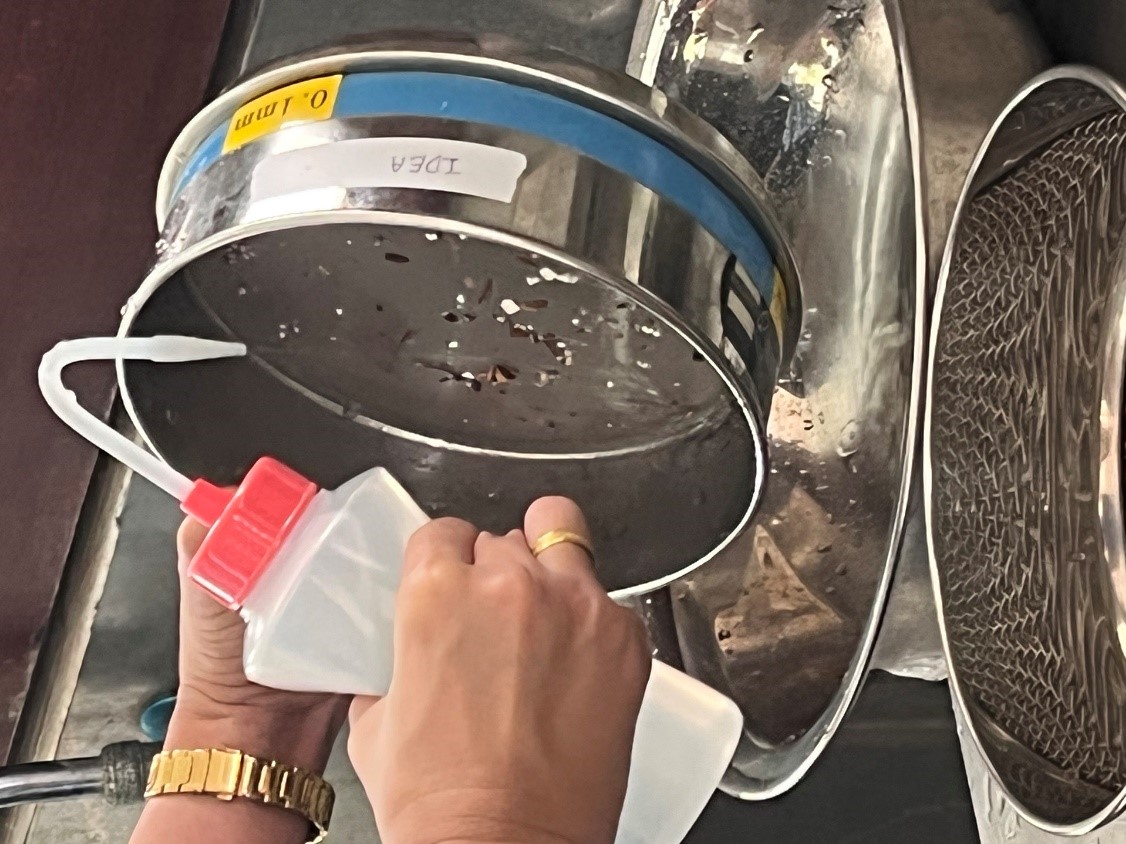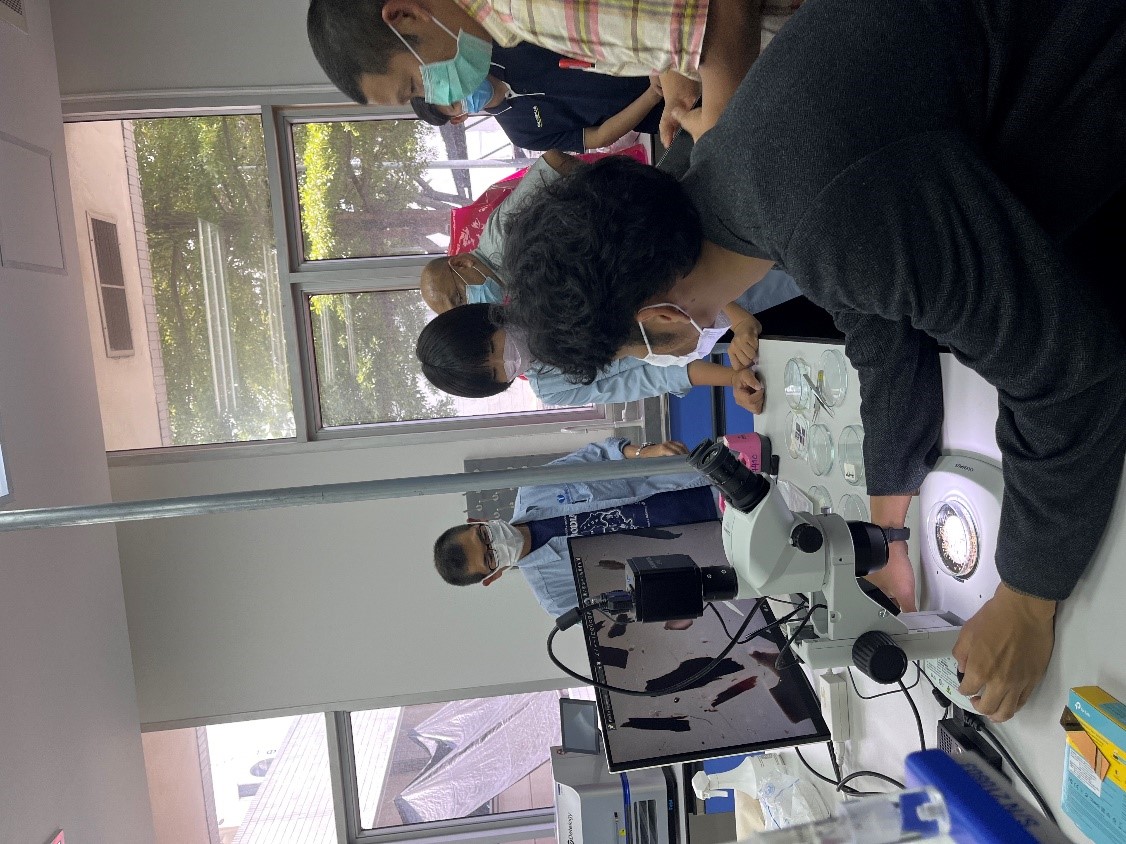การป้องกันปัญหาขยะทางทะเล และการปนเปื้อนไมโครพลาสติกในแหล่งน้ำและในปลาที่เป็นอาหาร
Dry Season piloting of the MRC Riverine Plastic Monitoring Protocols
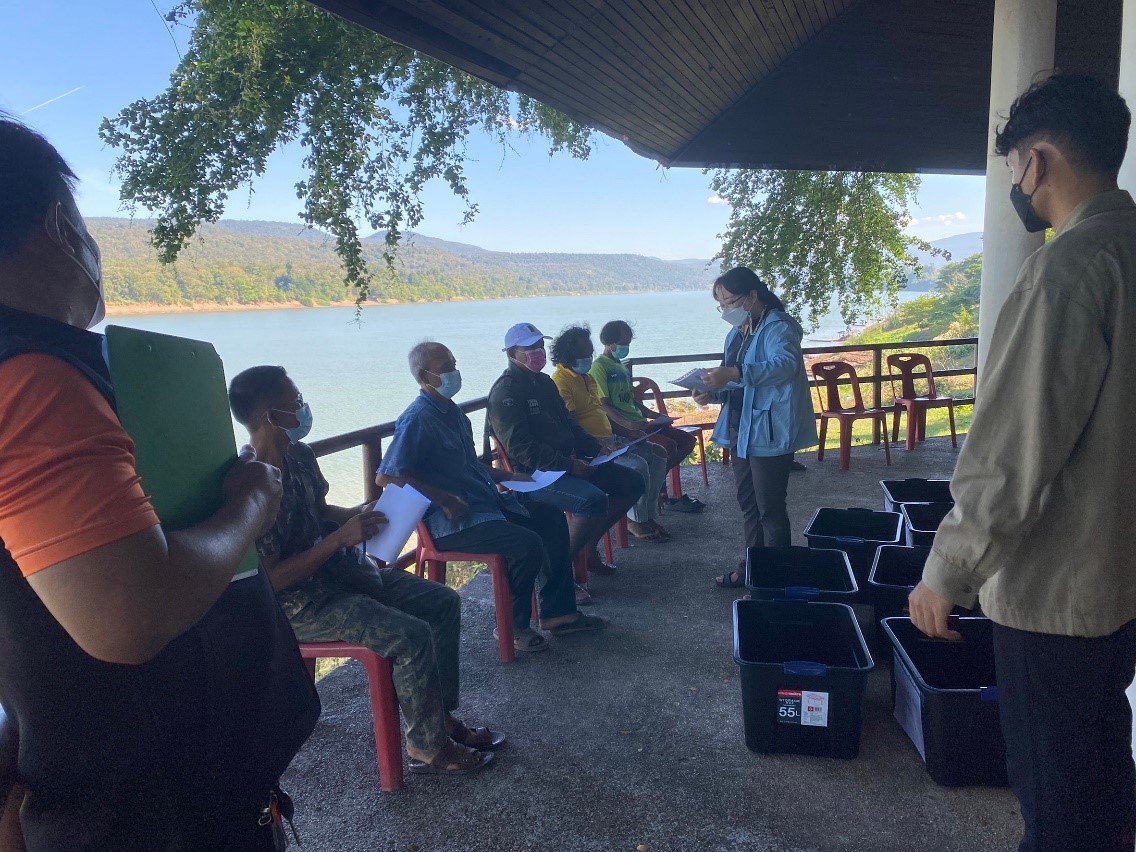
The Mekong River Basin is one of the largest and most biodiverse river basins in the world, providing a home to more than 70 million people alone in Lower Mekong Basin, covering 4 countries, Thailand, Lao, Vietnam and Cambodia. However, the Mekong River is also one of the 10 major contributors to marine plastic pollution.
Recognizing the increasing threat of plastic pollution to the riverine ecosystems of the Mekong River, the Mekong River Commission (MRC) has collaborative partnerships with UNEP and the CMS for the development and implementation of the MRC Riverine Plastic Monitoring Programme (RPM) to assess the basin-wide status and trends of plastic pollution. The protocols for a long-term and cost-effective monitoring of the MRC Riverine Plastic Monitoring Programme were developed.
This field pilot was conducted in Thailand by Faculty of Environment and Resource Studies, Mahidol University in Ubonrachathani province during December 2021 to January 2022. The objectives of the dry season field pilots of the MRC Riverine Plastic Monitoring was to obtain knowledge and necessary to better adapt the draft monitoring protocols to the situations of the Mekong River prior to conducting a full-scale monitoring. The riverine plastic monitoring protocol consists of 5 methods as the following;
1) Macroplastic monitoring data collection by fishing gears at fishing community
This method was cooperated with 7 fishermen from Wernbuek community living along the Mekong River. All fishermen were trained to collect plastic waste trapped to the fishing gear and to classify and record type of plastic waste in the log book.
2) Macroplastic monitoring data collection at artificial barrier
The purpose of this method was to select which artificial barriers are suitable for plastic waste monitoring and to identify any challenges and issues for implementation. Pak Mun Dam which is located on Mun River, the tributary of the Mekong River, was selected for studying this method. Waste collection was conducted at Pak Mun dam.
3) Macroplastic monitoring data collection by tow net from boat
The purpose of tow net method was to try the preferable net size and mesh opening, sampling volume, sampling duration and the net clogging condition based on the availability of appropriate equipments.
4) Microplastic monitoring data collection by tow net from boat
The purpose of microplastics method was to try the preferable net size and mesh opening, sampling volume, sampling duration and the net clogging condition based on the availability of appropriate equipment. The net dimension used in this study was 2 m. long with the frame size of 0.5 m. height and 1.0 m. width. The mesh size of the net is 200 micron. The water sample containing microplastics from tow net were collected and the laboratory analysis to quantify and identify types and properties of microplastics will be conducted in the next phase.
5) Microplastic in fish monitoring
The purpose and scope of monitoring microplastics in the digestive tracts in fishes are to understand the level of plastic and miroplastic contamination in rivers, contamination taken into fishes, the trends as well as their distribution throughout the Lower Mekong Basin.
Output of the project is the National Report on the Piloting of the Detailed Methodology of the MRC RPM prepared in accordance with the template provided by the MRC Secretariat.
-
Dry Season piloting of the MRC Riverine Plastic Monitoring Protocolshttps://en.mahidol.ac.th/index.php/2022-05-25-10-38-18/94-sdg/2565/2022-10-04-06-16-55/772-dry-season-piloting-of-the-mrc-riverine-plastic-monitoring-protocols➞
-
การเก็บข้อมูลขยะพลาสติก ที่ติดเครื่องมือประมงของชาวประมง ในแม่น้ำโขงhttps://www4.fisheries.go.th/local/index.php/main/view_activities/22/124635➞
สำนักทรัพยากรน้ำแห่งชาติ
กรมประมง
กรมทรัพยากรน้ำ
Mekong River Commission



